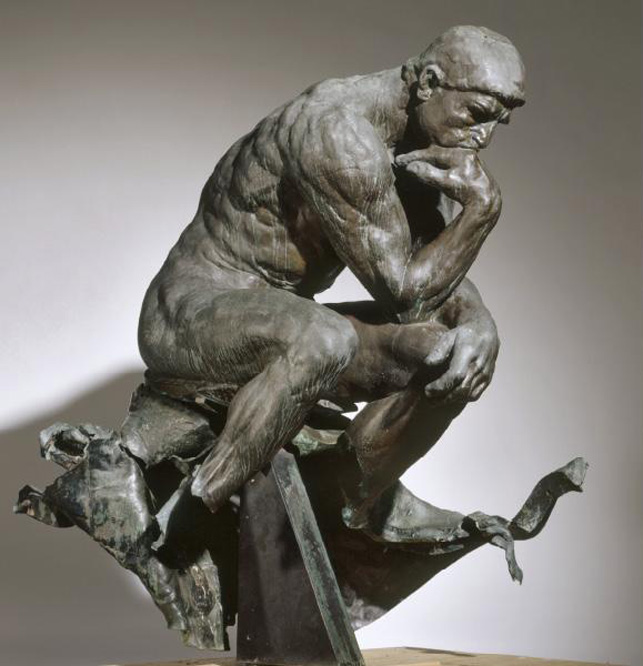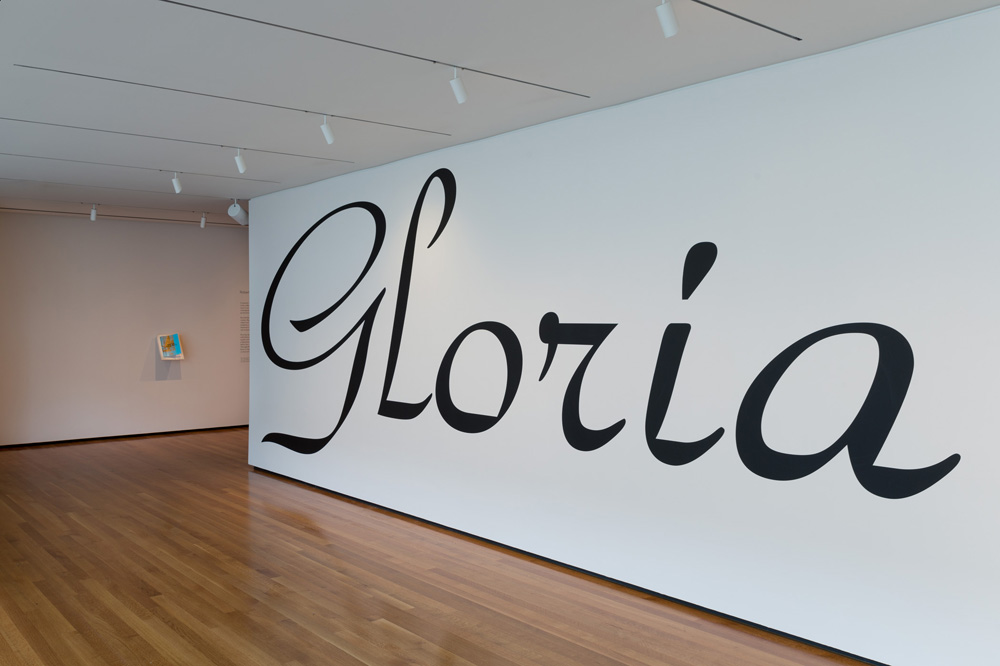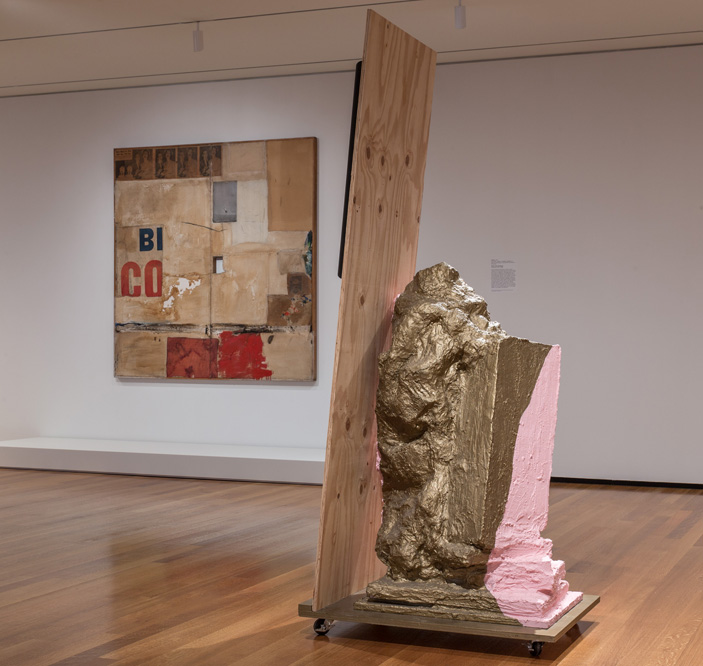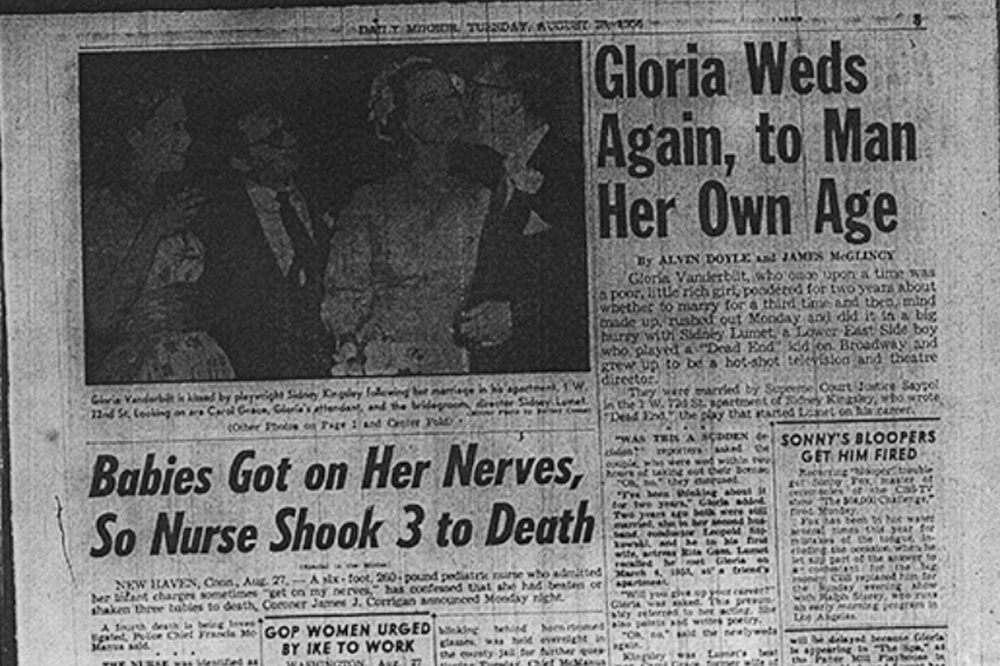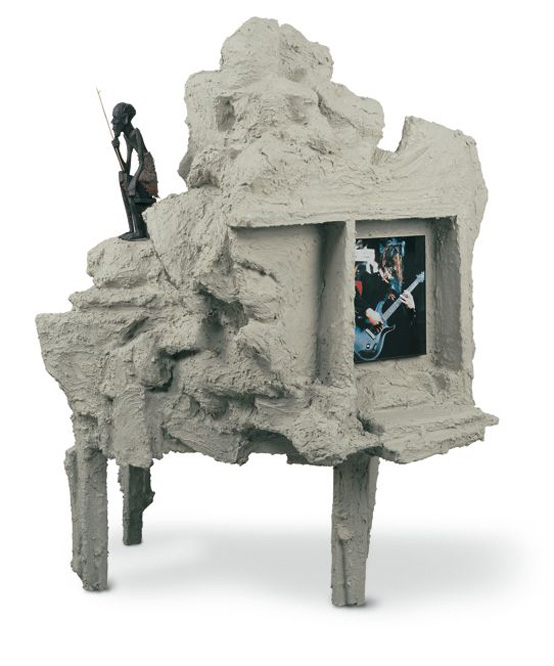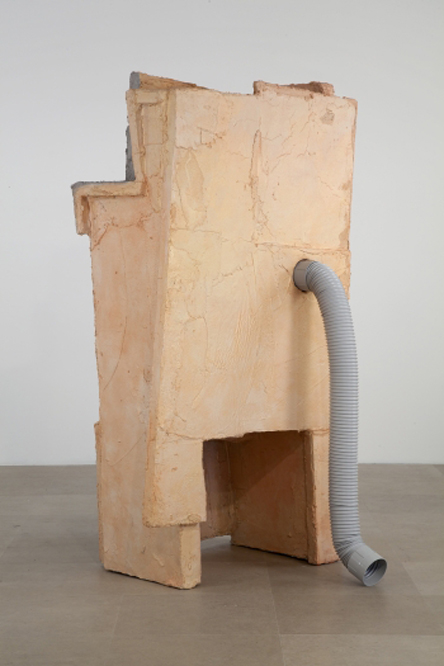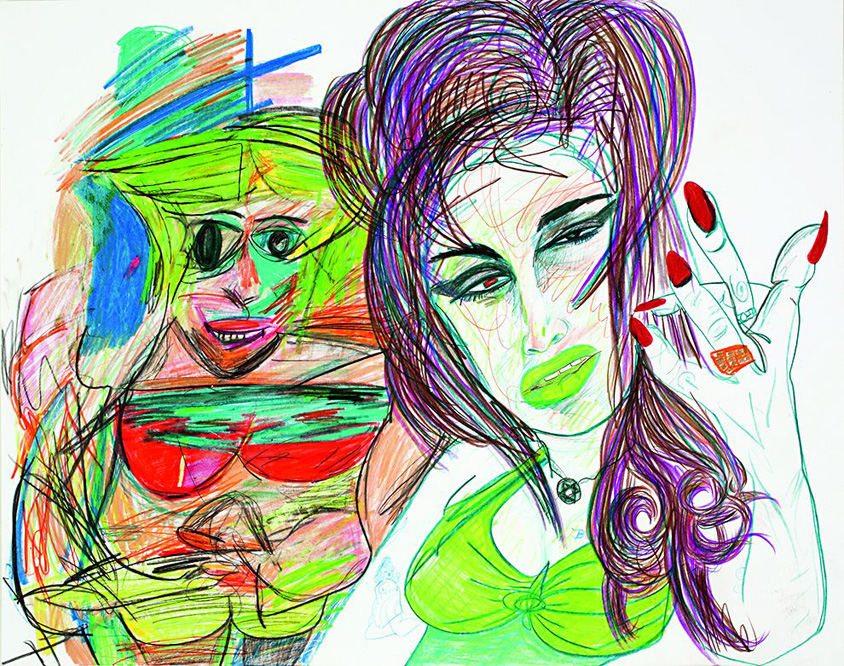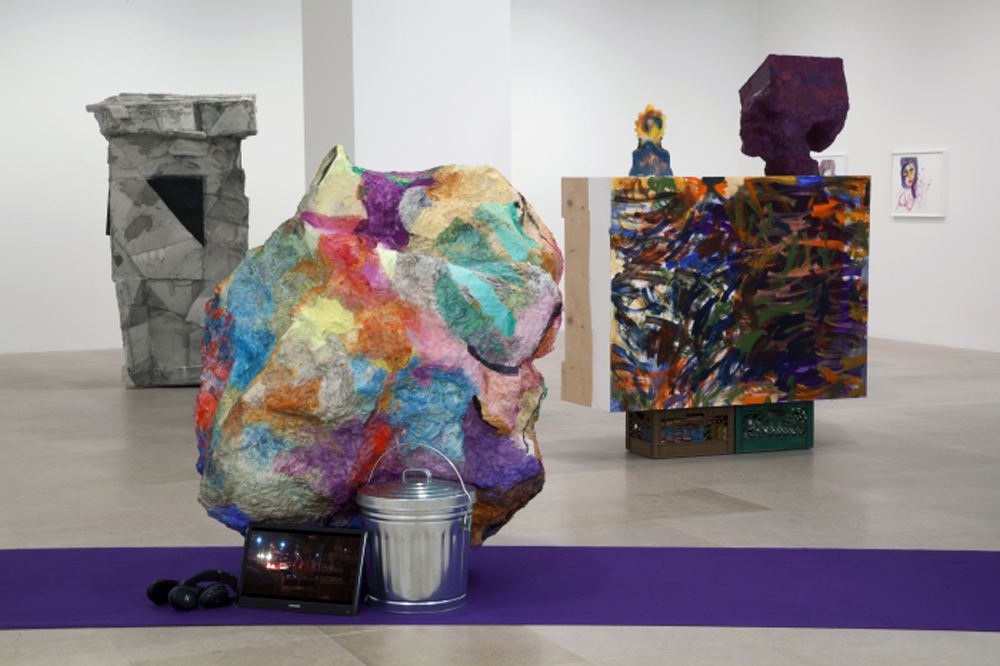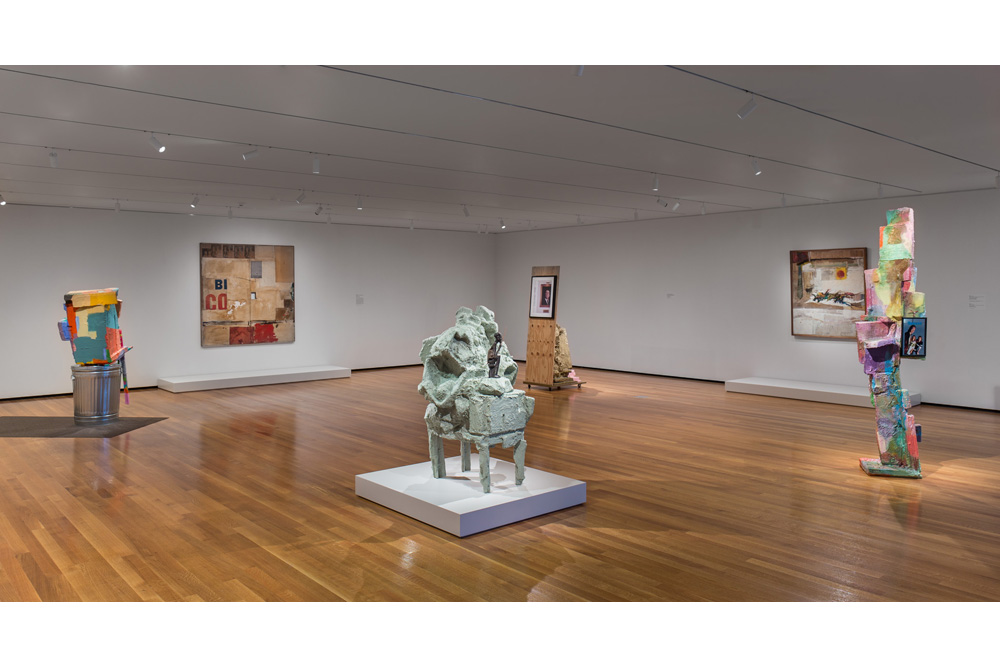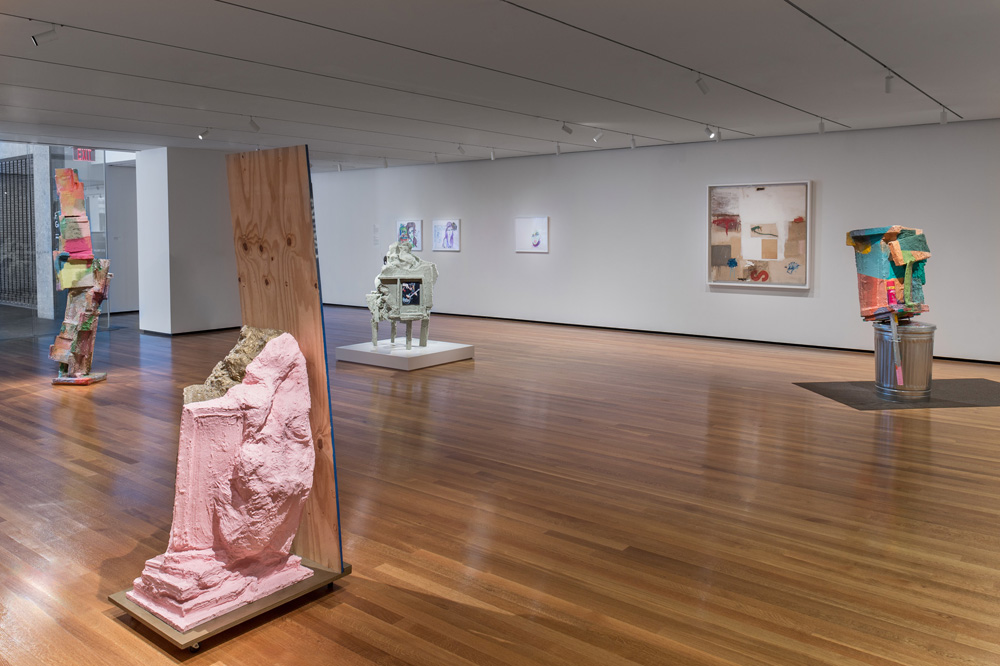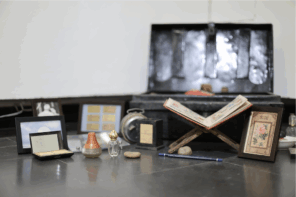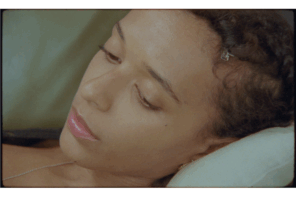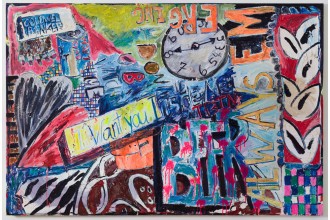In 1970, a powerful bomb detonated Rodin’s Thinker (1880-81) outside the Cleveland Museum of Art. This edition of the sculpture was a rare version of the existing 25 editions for being cast and patinated during the artist’s lifetime. Today, the exploded bronze (its bottom torn open) remains in its maimed state, a mark of the contemporary left on the historic. The museum’s then director, Sherman Lee, made a public statement about his decision to leave it scarred, saying, “no one can pass the shattered green man without asking himself what it tells us about the violent climate of the USA in the year 1970. It is more than just a work of art now.” He effectively underscored the museum’s ardent founding mandate, that it be “for the benefit of all the people forever.”
Due to a healthy endowment, the CMA has remained thus, a nearly anomalous art museum for being free to the public since its inauguration, in 1916. It houses one of the world’s most valuable art collections, particularly strong for its holdings of Impressionism and Ancient Chinese art. In the case of Rodin, it’s proven to be for “all the people forever” by letting recent history – however aimlessly aggressed – leave a trace on its important canon.
Nearing its centennial, however, the CMA is working at an update. A recent exhibition titled Gloria, curated by assistant curator of contemporary art Beau Rutland, evinces its new effort. Pairing contemporary sculptor Rachel Harrison with Robert Rauschenberg, Rutland centers the exhibition around Rauschenberg’s lauded “Combine,” Gloria (1956), a sculptural painting that pairs disparate things (newspaper clippings, one featuring the titular Gloria Vanderbilt), cryptic phrases, and images ripped from the pages of popular culture. A hole sits at its center. Gloria, widely considered to be one of the jewels of the CMA’s expansive collection, is an epochal work from the height of Rauschenberg’s output.
In an paring that could only be described as curatorial match-making, it feels significant that the work of Brooklyn-based Harrison was recently described by New Yorker critic Peter Schjeldahl as “both the zestiest and the least digestible in contemporary art. It may also be the most important, owing to an originality that breaks a prevalent spell in an art world of recycled genres, styles, and ideas.” How does originality stand up to an exercise of compare-and-contrast?
I spoke with Rutland about the idea behind this generational pairing, the potential risk of upsetting the canon with contemporary affiliations, and what happens when a work steps out of time.
You say it’s taken about a year-and-a-half to put this together. Can you talk about Rauschenberg’s Gloria, the position it holds in the collection, and the effect it had on you when you first saw it?
When I first got to museum, one of my goals was to get to know the collection as well as possible, whether it was my department – which is 1961 until now – or others. I was in painting in storage and pulling rack after rack of paintings. It wasn’t until I got to Gloria that I really just froze and actually theatrically gasped. The painting has this incredible presence. It actually looks like a lot of what young painters are painting today. There was an optical vibrancy. It’s a super bizarre, compelling work. I started doing research on it for what ended up being six months, trying to figure out who these people are in the images, when it was made, what newspapers these clippings came from. There hadn’t been that much scholarship done on it.
The more I learned, the more perverse the painting became. Especially when I learned that paired with Gloria Vanderbilt is this serial-killer nurse who essentially invented shaken-baby syndrome, really gruesomely. It was around then that I thought, Rachel Harrison would really get into this. Because of its formal qualities, but also that perversion of popular culture, where it’s taking the image of Gloria Vanderbilt getting married, what’s supposed to be the happiest day of one’s life, and then also this indictment of this serial killer, which represents the worst. Rachel turned out to be really interested, and that’s how it all began.
Yet you mention in the catalogue essay that other artists could have stepped in, like Isa Genzken, for instance. Was Rachel Harrison the instinctive pairing for Rauschenberg, or were you thinking through alternatives before you arrived at her?
She definitely came to my mind first. I thought about an option of possibly making the show much larger and pushing it back and including more artists, at which point it would have been really interesting to bring in other people who were playing with similar notions but taking it in other directions like David Hammons, or Genzken, or Sergej Yensen. But pairing Harrison with Rauschenberg felt much more compelling, and less diluted – whether or not Harrison acknowledged Rauschenberg as an influence, which she doesn’t, really.
Was there any resistance or hesitance from her, on that level?
When I approached her about this she was intrigued. She said, “Rauschenberg isn’t someone who I look to when I’m making work, but that could make it even more interesting.” It was a really interesting dialogue from day one, and when you look at the catalogue, there are works that she created, these digital collages, that are her responding to being pitted against the most famous and influential American painter of all time. There was a lot of – not embarrassment, but hesitation, about, “oh, am I going to look like I’m calling myself the next Rauschenberg if I agree do this show?” Well, no, you won’t look that way, but I’m saying it [laughs] – or at least, something to that effect; that you think similarly.
You say there isn’t a lot of scholarship on Gloria yet, but it has this tremendous stature, something your exhibition and catalogue makes very plain. What magnetism or aura does this piece hold?
What’s interesting is that it does appear in a lot of the writing on Rauschenberg’s early Combines, but it hasn’t had much firsthand analysis. There are a few other combines from ’56/’57 period that are now known as the “blonde paintings,” either because they’re stripped canvas, or stripped and then shellacked with this white gloss that gives them this honey color. A lot of his works have this bizarre geometry where all of these random elements are actually evenly spaced. With Gloria they’re all flung to the edges. At the center you have this insane void, something that’s pretty rare for Rauschenberg when he works with a square canvas like that. With his other combines, when things become more sculptural, you have instances of seeing-through things. But as far as one of these blonde paintings, it’s pretty novel.
You mentioned that a lot of people are painting like Rauschenberg today. He feels out of his time, or ahead of it, with these fragmented, freely-associative narratives, and unlikely combinations of media. How do you regard artists like this, who feel ever-relevant? What capital does it afford them?
Well, images that are perceived as “timeless” certainly help [with people accessing the work]. However, with Rauschenberg and specifically Gloria, you have this image of Gloria and Syndey Lumet, who ended up directing all these incredible Hollywood films, but when I’ve given tours to younger audiences, most of them don’t know who those people are. Even when I say, “that’s Anderson Cooper’s mom,” they ask, “well why’s she in the newspaper?” [Laughs] So, I mean, an interesting way [to talk about this] is, “this is tabloid fodder of the time. It’s as if a painter took last year’s Vogue cover with Kim Kardashian and Kanye West and stuck it on a fine-art painting.” [That reference] has allowed young generations and older audiences, alike, to see that popular culture isn’t high or low, or just something that you like, but everywhere around us, something we constantly see. Rauschenberg is implementing in a big way something that an audience or viewer can take in any direction they like.
That’s an interesting way to frame things, with Kimye …
[Laughs] I tried to fit it into my essay, but I think it’ll have to wait for another one.With one of the most important collections in North American, and its centennial coming up next year, the Cleveland Museum of Art is trying to contemporize, aspiring to update itself, to expand its contemporary influence. What does it require to mobilize that institution into a more contemporary posture?
We’ve been really lucky in that the museum, over the past few years, has dedicated itself to expanding its contemporary presence. There’s this thing [here], where even if they haven’t heard of an artist or an art-form, there’s an openness and willingness to hear. I mean, I brought one of the most treasured works in our collection into a conversation with an artist most of our audience hasn’t heard of. So I think there’s an interest [at this museum] that goes a long way.
So what are the strategies, beyond this type of exhibition, for shaking the museum free of some of its stronger associations to history?
I think it’s less about shaking it free than capitalizing on that history, and showing how some of the artworks that we’re acquiring could relate to the collection. Like a Katharina Fritsch sculpture or a Robert Morris felt piece, expanding the vision of these things. Nothing helps more than to do full-scale exhibitions, though, whether it was an Anicka Yi show, or Albert Oehlen show, which will happen at the end of 2016.
Curatorial interventions have been in vogue for a generation or more at institutions like yours, and begin to feel like a shtick. What are the limitations of trying to intervene on a canon or collection, or make associations between the historical and the contemporary?
I’m not sure I know what you mean.
I mean that we have to be careful not to be reckless with our history, I suppose, or at least there’s a fear of that. So I wonder if there are any risks in making new associations or alliances that would disturb the soil in which some of these things have been planted?
Personally I think there should be space and time for individual historical moments. But what I’ve been interested in doing in our contemporary gallery is bringing in a sample of more recent history and seeing how that dialogue works with the rest, while not tampering with whatever else is going on in the museum. I wouldn’t call them limitations, but there are certain doses that can change our vision.
I’m asking this partly because of your essay’s reference to Patti Smith’s lyrics (“Make her mine / make her mine”), an evocative citation that was unfolding between you and Harrison. It suggests someone (whether Harrison, you, or us) claiming a subject from an author. So risk comes up in my mind, even if it’s hard to put a finger on what exactly is nervous-making about claiming something old as “ours.”
Within a contemporary exhibition, especially where it’s “authored” by an individual, I think that’s where you can take leaps, take things as you want. You’re not claiming to be the end-all source. It’s different when it’s an authorless institution. So what was so interesting about working with Rachel was that when I explained the idea of the show, she basically quoted the Patti Smith song back to me. That was the jumping-off point, how we related to one another and to this thing. Also, it’s worth thinking about how Rachel incorporates objects into her practice. It’s not hundreds of random things; it’s generally one or two objects she grabs and places into her sculptures, into a vicinity with one another, and she watches a dialogue happen. She makes that thing hers.
There’s an interesting line from Jasper Johns describing Rauschenberg as “painting playing the game of sculpture.” Which I think is apt and appropriate for describing Harrison, but in the inverse, perhaps. In pairing Rauschenberg and Harrison, you say it’s their unique “mélange of specificity and ambiguity” that joins them, and their lines of thought. But I think it’s also undeniably a marriage born of formal considerations, of media. How important or limiting is a media alliance when making these connections?
I think the alliance is the through-line of this exhibition. It was interesting to watch as we were installing the works and seeing how the interact physically and informally in the space. But it’s a broad issue. I have seen some recent painting shows that seemed limiting, others that are quite open and free in considering what’s painterly.
What is the gap between Harrison and Rauschenberg? What separates them definitively?
Something that I think separates them is that Rachel’s work becomes critique much more quickly and pointedly, whereas Rauschenberg’s work was always fairly open-ended. It could take so many different views and paths. Rachel is often conveying something, maybe not singular, but [let’s say] five singular things. You see it formally, too. Her work includes fewer components, and they’re chosen specifically.
I wonder if that has to do with the way we read art now, as opposed to the way we situate work from “then”?
Definitely. Especially if we consider that both of these artists are appropriating objects from their specific moment in time. Rauschenberg was using newspaper clippings; it wouldn’t make sense for Rachel, who probably reads the news on her phone or iPad, to be using these. It makes much more sense that she would be walking through a thrift-store and see this completely bizarre mirror with the boy band Hanson on it, and wonder who was this made for, who wants to see themselves through this boy; that she would be thinking about Lacanian analysis, and employing that into her work. This makes so much more sense than something simply retro.

